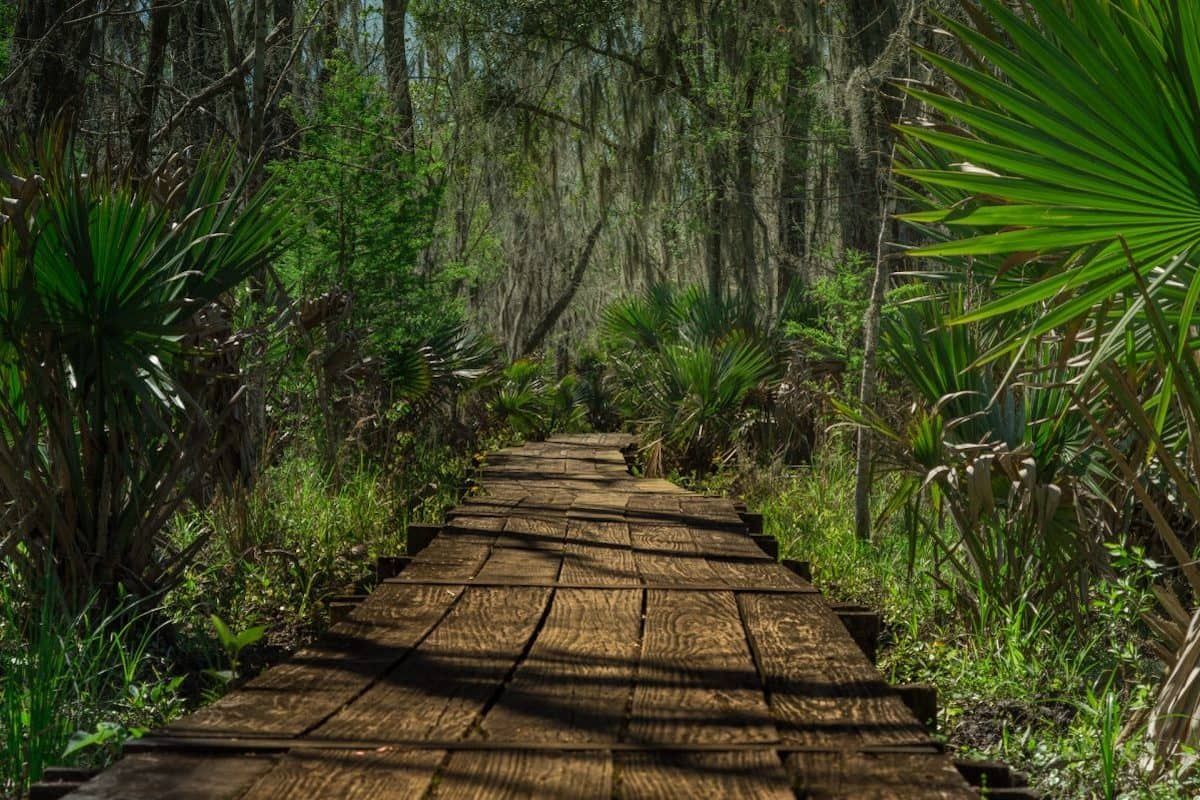Lynne Nardizzi, LCSW, experienced a reduction in her rheumatoid arthritis (RA) symptoms following an ayahuasca-assisted healing in the jungle. Five years later, Lynne shared her insights into the healing and integration process.
It’s been five years since I traveled to the Amazon jungle in Peru to heal from rheumatoid arthritis (RA). Over the course of two months, I completed shamanic dietas (retreats with medicinal plants) and participated in ayahuasca ceremonies.
I stayed in Peru for almost three years after my initial healing in the jungle to learn more about the plants and the indigenous ways of living.
Five years later, I am still in full recovery. I’m no longer on meds, and I have no pain or RA symptoms. My blood tests are normal, showing no signs of disease.
Five years later and back in the US, I’m just as mystified by the magic of healing in the jungle, shamanism, and entheogenic plants (meaning god within). Also in these past five years, psychedelic research has exploded. What was once a taboo topic is now seriously being looked at for its healing potential for mental health.
So if entheogens have enormous potential for healing…What happens when that actually works?
The Unconscious
While I can rest in the mystery of not understanding much, I can also reflect back on what I’ve learned in the years since my healing in the jungle. Rational thinking has its place, but I’ve learned it does not work in trying to understand psychedelic visions and journeys.
Entheogens offer fast and uncensored access to the unconscious. And like most things in life, there may be tricks and traps along the way. The unconscious speaks in symbols, and we need discretion and caution when interpreting.
Carl Jung says of the self, “It is male and female, old man and child, powerful and helpless, large and small” [1]. In the resolution of these opposites is a liminal space for healing.
Jung used the term enantiodromia to describe when mental processes, perspective or point of view, are suddenly shifted to the opposite. This is the unconscious becoming conscious.
My healing was physical, emotional, mental and spiritual. I had to be broken down in order to be built back up. When your life falls apart, you are left with no sense of who you are.
In that space of nothingness, lies potential. In the surrender and the letting go, healing can occur. Nothing can become everything.
When we access the unconscious, there are many subtle forces at play. Synchronicity is common. Dreams are revealing. Lost memories from the past may suddenly surface. Animal sightings or weather changes often have messages. Learning to surrender, each and every step of the way, is a constant process.
The initial two months of my dietas when I was in the jungle and anticipating change were in many ways the easy part. The integration piece, learning to fully embrace being healed, was a bigger challenge.
In facing my doubts, I suddenly had to embrace a new identity of no longer being sick. What did it mean to be healed? I had to learn to step into a new life and learn to hold my space again. I had built up an identity of being sick. When this suddenly got erased, I was left with a void. And in that void, I had to find a new beginning.
This took time. After floundering about for a bit, I found it helped to establish a practice of being grounded and centered within myself. I had to throw out any beliefs or ideas that were old, that did not work, and that drained me.
Adjusting to Life in the US after Healing in the Jungle
Some of the narratives I hear around psychedelics now that I’m back in the US are not what I experienced in Peru. There is a dangerous belief in some settings that people must be broken down with force. I also hear of a lot of encouragement to mix different psychedelic substances in one sitting. I notice some peer-pressure around consuming more and keeping up with other people.
In the US everything is super-sized. Bigger is better, and we compete to win. We have a sales and marketing mentality, which can be a trap for spiritual seekers. It leads to inflated ego and greed. Spiritual bypassing, which is rife in the New Age, is about taking on spiritual ideas like a costume, without actually doing the deep, inner psychological work that induces change.
There are now many non-indigenous healers who call themselves shamans. As shamanism gets mixed in with the New Age and Instagram influencers, the task of discernment grows. Terms such as “neo-shamanism” and “shamanic practitioner” further confuse the original concept. At the root of this may be a genuine healer…or an inflated ego, looking for external validation and followers. This spiritual narcissism leads to cult-like group think.
We are being challenged to own our space, to be centered in the heart and to not get bogged down by external influences.
Considerations For Integration after Healing in the Jungle
If you are looking into entheogens, consider if your guide is truly invested in your healing and experience. Use discernment and caution, proceed slowly and wisely. What do you want out of your experience? Be realistic, look at your expectations, and surrender to the experience.
Recognize that healing happens in layers. If you think that you did not get a direct answer to something you ask, perhaps something else needed to be healed first.
Often with entheogens, less is more. There are no shortcuts in doing deep, inner work. Do not look for the easy way out.
Chasing the high is another game that is easy to get caught up in. What are we chasing, what are we looking for? Moments of bliss are just that. When we slow down, we can welcome the low points, and better tune in to the ebb and flow of life.
If we have a euphoric experience, especially while traveling or on vacation, it can feel like a hard crash to return home, facing the everyday mundane things in life. But this is all part of it, embracing the highs and lows. We can see beauty in the mundane. It’s about finding balance.
Joseph Campbell tells us that in mythology, the hero has to return to the everyday world, bringing with him the gifts of what he has learned. This is the work of integration [2].
We are all the heroes of our own lives.
There is a fine line between getting information about yourself in a psychedelic experience, and becoming inflated with self importance. Believing that the plants chose you specifically to save the world shows an imbalance in thinking. This can turn into a messiah complex.
We are all special and unique. Yet at the same time, we are not. Holding and resting in this duality is key. Again, it’s about balance.
If you have had a psychedelic experience, what have you learned, and how have you benefited?
Have your relationships improved?
Have you gotten any clarity on the deeper questions of who am I, how did I get here, where am I going?
Integrating a psychedelic experience involves taking what you learned and bringing it back into our everyday life. It becomes a daily practice to notice your awareness. If you find yourself stuck in the same ruts, same thought patterns, or experiencing intense emotional highs and lows, you may need more support and help in integration.
Anything is Possible
Entheogens offer a way to access the parts of the self that are unconscious. When we are able to sit quietly, we can also access these parts, and see what comes up. What parts are lost, what parts are stuck?
What needs to come up and be seen?
What is waiting to be healed?
In the realm of infinite possibilities, anything is possible.
References
- Jung, C.G. (1959). Aion: Researches Into the Phenomenology of the Self (1st ed.) (p. 245). Routledge.
- Campbelll, Joseph. (2008). The Hero with a Thousand Faces (p.167). New World Library.






